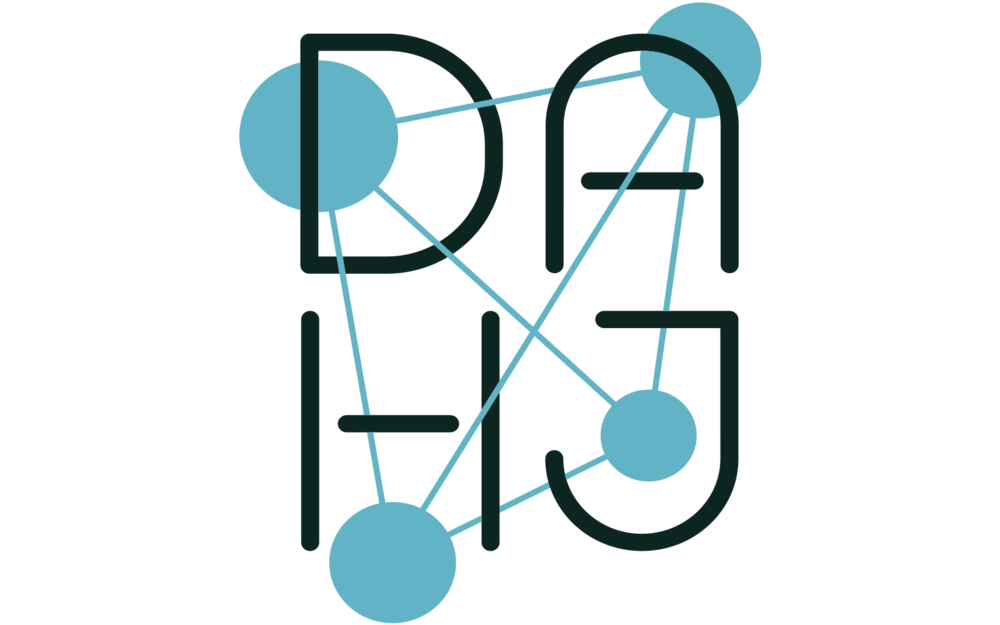By using DCNN-based methods, this article investigates the possibilities of digital identification of Roman imperial portraiture at a quantitative level, without using hairstyle. It demonstrates that there are sufficient visual markers in imperial portraits, aside from hairstyle, that allow facial recognition software to classify portraits when hairstyle is excluded.
Read MoreNestoras Papanikolopoulos, A Pioneer of Digital Art in Greece
Now that the digital image has penetrated most aspects of human activity and, consequently, of art, it is time to acknowledge the contribution of artists who opened new paths in the adoption of a practice based on interdisciplinary thinking and contributed to the creative process of the immaterial image.
Read More"This Prompt Contains Prohibited Words": Language, Ekphrasis, and the Limits of the Generative Imagination
This essay wonders aloud about the limitations of generative AI imagery in relationship to descriptive language.
Read MoreMemory Institutions Meet AI: Lessons from Critical Technology Discourse
In this work we ask: how should GLAMs account for the emergence of AI-driven experiences built upon GLAM datasets?
Read MoreExploratory Dialogue with AI: Essay Based on AI Drift Methodology
AI has the potential to transform the art world and the way artists work and produce. However, working with and understanding AI, as a creation tool, raises a series of questions in relation to its internal functioning, its ethical implications, and how human critical capacity intervenes in the man-machine creative process.
Read MoreThe Expanded Painting: The Visual Culture of Painting in the Digital Age
Paintings can be used as a point of departure for a wide range of digitally-based copies of their material and visual components, a phenomenon described as the visual culture of painting. By employing Greimas’ square, this article explores how computer-aided reproductions of paintings can be differentiated, distributed, and described according to their basic formal qualities from digital photography and analytical imaging to 3D-printed versions.
Read MoreArt History and AI: Ten Axioms
The promise of AI is great, but so are the ethical and intellectual issues it raises.
Read MoreIMGS.AI. A Multimodal Search Engine for Digital Art History
We present a web application that facilitates multimodal search within institutional image collections using current-generation machine learning models like CLIP.
Read MoreRecruiting Collective Intelligence to Level Art World Stratification
Departing from the cultural impacts of physical museums, this article explores two significant virtual benefits of online digitized art collections.
Read MoreBetween Preservation and Repurposing: How to Recontextualize and Reorient Twenty-Year-Old Art-Historical Databases
This article presents a solution for the sustained use of a legacy database by means of data curation based on the example of a research project undertaken by the German Center for Art History Paris (DFK Paris).
Read MoreReimagining the Catalogue Raisonné as Generative Digital Scholarship
This paper explores how taking the catalogue raisonné as generative digital scholarship imbues old structures with new meaning, wherein the chronology of historical events can change shape across time.
Read More(En)tangling with Artificial Life
This article explores the artist’s relationship with Nature and her experience of Nature as a form of digital “consumption”.
Read MoreTechflaneurs and Fakirs: Art on the Other Side of the Digital Innovation Divide
In this article we examine four international artists whose art has its origin in everyday life and its concerns. The story of this art should be rewritten in terms of a historiography of the average underprivileged person, who does not reap the benefits of a discriminatory economy.
Read MoreImage Spam Errors in the Age of Hyperconnection
Internet connectivity is the feature of media culture that enables the coexistence of image spam. This essay offers an account of the infrastructure of connectivity as the physical basis for information technologies in order to situate the pathways, the context, the way of being, and the errors of image spam.
Read MoreMemory, Heritage, and Art Production: The Jesús Ramos Frías Art Documentation Center and the Information System on Art Practice in San Luis Potosí
In this article we reflect on the need to create repositories for information about art practice in a location regarded as marginal to the Mexican and Latin American art worlds, through digital technologies and open source digital resources.
Read MoreMemory and the Digital Archive of Contemporary Art: The Case of the Spanish Archive of Media Art
This article outlines some reflections about digital reality, contemporary art production, and possible ways of archiving and constructing memory through and for a historiography of contemporary art in light of the project Archivo Español de Media Art / Spanish Archive of Media Art (AEMA/SAOMA).
Read MoreNetwork Analysis + Digital Art History. A Roundtable on a Collective Scholarly Experience
In this multi-authored essay, thirteen participants in the 2019-2022 Getty Advanced Workshop on Network Analysis + Digital Art History (NA+DAH) discuss their experiences learning and working together at the intersection of these two fields of inquiry.
Read MoreFeatured Article: Confirm You Are A Human – Perspectives on the Uncanny Valley
Visual culture holds important clues about the meanings of the uncanny in modern, postmodern, and posthuman thinking. This essay traces the role of these concepts in art history, focusing especially on the period following 1970, when roboticist Masahiro Mori used the phrase “uncanny valley” to describe the profound discomfort triggered by near-perfect human likeness.
Read MoreHistorical APPistemology: The Mapping of the Expanded Field of Cultural Heritage Augmented Reality (AR) Apps as a Creative Tool
Today, AR apps for museums, archives, and cultural heritage sites enjoy increasing popularity among visitors and institutions alike. While such apps make a significant impact on our engagement with cultural memory and narratives, these AR projects are usually discussed either in isolation or as a part of a larger consideration of the contemporary culture of digital heritage.
Read MoreVirtual Venice: Immersive Media and the Preservation of Historical Experience
This article explores this use of immersive technology through an account of the author’s digital art history and cultural preservation project, Virtual Venice.
Read More